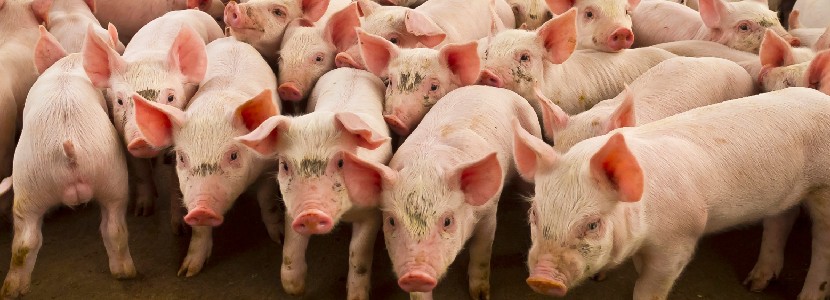Lipid nutrition in pigs is a matter of interest at different levels. Historically, the use of lipids for pig nutrition has focused on the effects of dietary fat on yield during different stages of production.
For nulliparous sows and sows during late gestation and lactation, focus has been set on to the influence of lipid supplementation on milk production, lipid content in milk, and piglet yield and viability (Verstegen et al., 1998).
On the other hand, efforts have been set on the digestibility and energy value of lipids and in manipulating pigs’ nutritional quality, emphasizing on fatty acid (FA) composition in order to comply with human health recommendations. (Jakobsen, 1999; Wood et al., 2004).
Short-chain fatty acids (SCFAs, i.e., acetate, propionate, butyrate), which can be added as food additives, are produced through microbial fermentation of indigestible carbohydrates and starch in the hind gut. With the added benefit of energy contribution for the host (Sciascia et al. , 2016).
- It should be noted that energy absorption is much higher from glucose than from SCFAs (Bach Knudsen, 2011); however, SCFAs are a bioavailable energy source for colonocytes.
Lipid digestibility in pigs
Digestion, absorption and metabolism of dietary lipids are affected by their fatty acid composition, and more specifically, the degree of saturation and length of the chain. The position of fatty acids within the TG molecule also has an influence.
In general, unsaturated lipids are more digestible in pigs than saturated lipids. This can be attributed to the possibility of lipase accessing TGs, (Ravindran et al. 2016).
- Therefore, long-chain saturated fatty acids (LCFAs) can exert inhibitory effects and unsaturated LCFAs can increase lipase activity and thus influence lipid digestion.
Keep up to date with our newsletters
Receive the magazine for free in digital version REGISTRATION ACCESS
YOUR ACCOUNT LOGIN Lost your password?
Continue reading “Effect of fatty acid feeding on sows’ milk”
Source: Lauridsen, 2020
